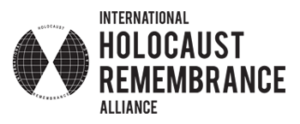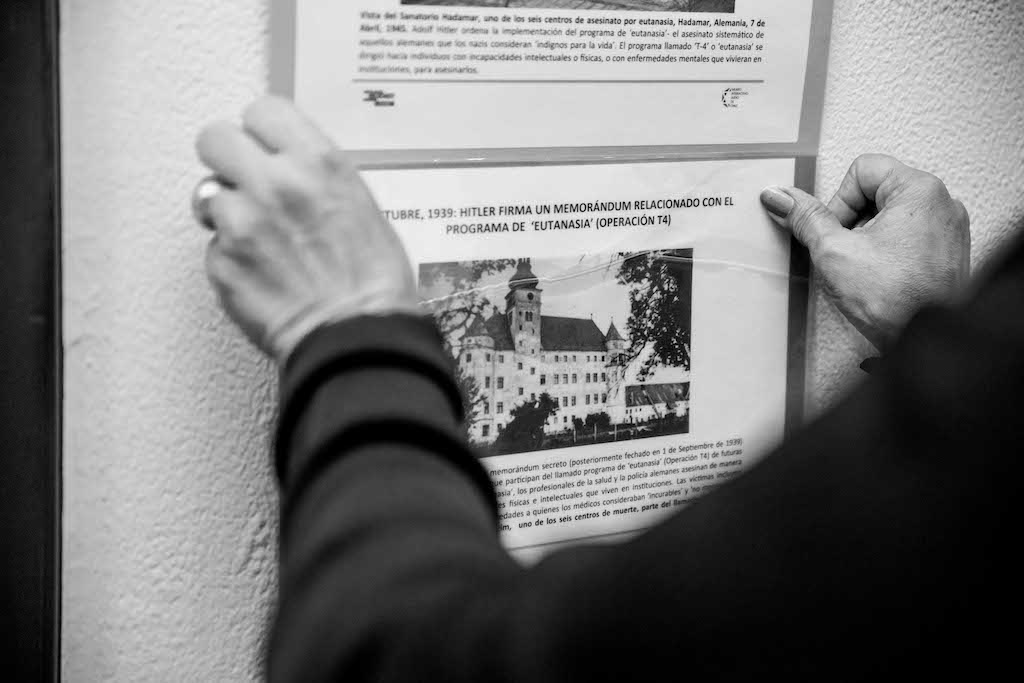
The Recommendations aim to deepen the understanding of the Holocaust by asking crucial questions concerning the historical context of the Holocaust, its scope and scale and why and how it happened.
Download the full IHRA Recommendations for Teaching and Learning about the Holocaust here.
Educators should be confident that the Holocaust can be taught effectively and successfully with careful preparation and appropriate materials. The section “How to teach about the Holocaust” discusses possibilities and challenges for teaching and learning about the Holocaust by presenting practical approaches and methods to apply in both formal and informal educational settings.
Read more from the Recommendations for Teaching and Learning about the Holocaust
No single “correct” way of teaching, no ideal methodology appropriate for all educators and their learners exists for any subject. The recommendations offered here are, however, based on practical experiences and intended to be useful to schoolteachers and other educators in constructing their own schemes of work, taking into account the learning needs of individuals.
Read other excerpts from the recommendations:
Executive Summary
Why Teach About the Holocaust
What to Teach about the Holocaust

Hands putting up a poster, Holocaust education. Photo by Luis Paredes.
3.1 Overarching Principles
3.1.1 The Holocaust can be successfully taught; do not be afraid to approach this subject
Some educators are hesitant to explore the history of the Holocaust because of the perceived difficulties and sensitivities in teaching the subject. Some educators wonder how to convey the scale of the tragedy, the enormity of the numbers involved, and the depths to which humanity can sink. Some wonder how to engage their learners without traumatizing them or worry about possible reactions to the subject. In particular, educators want to be prepared for a range of behaviors and responses that can be prompted by the intensity of the content. Learners of different ages can be introduced to the history of the Holocaust when method and content is age-appropriate. Keeping the focus on individual stories concerning victims, escape, and rescue can be appropriate for younger audiences. Older learners can be asked to engage with more complex and challenging material with greater use of appropriate primary sources. The selection of sources and textbooks should be undertaken with reference to these recommendations, as well as with sensitivity to the emotional needs and particular circumstances of the learners. Overall, do not be afraid to approach this subject. While it may appear daunting, experience has shown that the Holocaust can be taught to learners successfully and with positive results. Investigate and use the wide range of material describing methods, best practice and specific teaching strategies which can be used to assist in the planning, design and delivery of sessions.
3.1.2 Be precise in use of language and define the term Holocaust
Precision with language when describing terms and activities can help learners avoid generalizations that blur distinctions and understandings. For example, the term “camp” is used to describe a wide range of sites and locations. Although people died and were murdered at many camps created by the Nazis and their collaborators, not all camps were intentionally built as killing centers or death camps. Different camps functioned in different ways at different times and included concentration camps, slave labor camps, and transit camps, to name a few. Precise definitions help avoid misunderstandings by providing specificity.
Using a clear definition for the term “Holocaust” (or “Shoah”) can minimize confusions from the start. The IHRA uses the term “Holocaust” to describe the state-sponsored, systematic persecution and murder of Jews by Nazi Germany and its collaborators between 1933 and 1945. The height of the persecution and murders occurred during the context of the Second World War. Some organizations–even some authoritative institutions–apply the term “Holocaust” in a very broad sense to encompass all victims of Nazi persecution. Yet most historians of the period use a more precise definition which recognizes that Jews were targeted for systematic persecution and murder in a manner which sets their fate apart from others, with the possible exception of Sinti and Roma (victim groups for whom infants to elderly were also targeted for annihilation). Be aware of the different ways in which various source materials may understand and employ the term. Ensure use of terms is consistent and accurate.
Share that for many people the term “Holocaust” is problematic. A composite of two Greek words, “Holocaust” suggests the offering of a sacrifice by burning. The term can mistakenly imply that the mass murder of the Jews was a form of martyrdom rather than the result of genocide. For this reason, many prefer to use the Hebrew word “Shoah” which means “catastrophe.”
Provide learners the opportunity to critically discuss terminology. Make explicit, for example, that terms such as “Final Solution” or “Jewish Problem” were euphemisms created and used by the perpetrators in the historical moment to articulate their worldview as opposed to existing as neutral language to impartially describe past events. Similarly, terms such as “ghetto” should be deconstructed to reveal the distinct meanings employed by the Nazis versus pre- and post-Nazi applications.
Educators are encouraged to consider the ways in which society and culture speak about the Holocaust as these societal notions can influence learners’ understandings. Popular culture and discourse may perpetuate myths and misconceptions about the history. Modeling consistency, accuracy, and precision of language can help to unpack preconceived notions.
3.1.3 Give broad coverage to this subject and contextualize the history
The Holocaust was a series of linked events that occurred across national boundaries over time in the context of war. Thus, the events continue to be a part of many different European and global histories and historical processes. Learners should be able to identify that the Holocaust was carried out in different ways from country to country. Additionally, various short, medium, and long-term factors in European and global history made genocide possible. Create opportunities to unpack these by considering broader contexts within which the events of the Holocaust occurred. These dimensions have been researched extensively by scholars. Try and make use of authoritative and recent academic studies that encompass different aspects of the genocide and its evolution when designing schemes of work and planning individual sessions.
Full text here.


